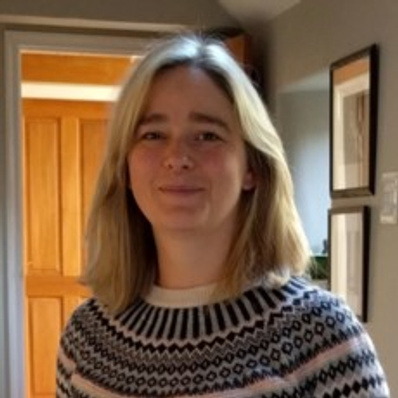Banner image courtesy of Lothar Schermelleh, Micron Bioimaging Facility, University of Oxford

Frontiers in Bioimaging 2022 will focus on the latest developments in optical and electron microscopy as well as image analysis. Sessions will cover novel technical developments and applications of these microscopy-based approaches to key cell and molecular biology questions with an overarching aim to bring insights on how they participate in our understanding of human health and disease. We aim to provide an environment where early-careers and established researchers can meet and engage with a broad range of imaging approaches and to make valuable contacts with leading groups in the field.
Prize Winners
Congratulations go to Akaash Kumar, MRC Laboratory of Molecular Biology, for his talk on Multispectral live cell imaging with uncompromised temporal resolution and Mollie McFarlane, University of Strathclyde for her poster on Enhanced fluorescence from semiconductor quantum dot-labelled cells excited at 280 nm.







